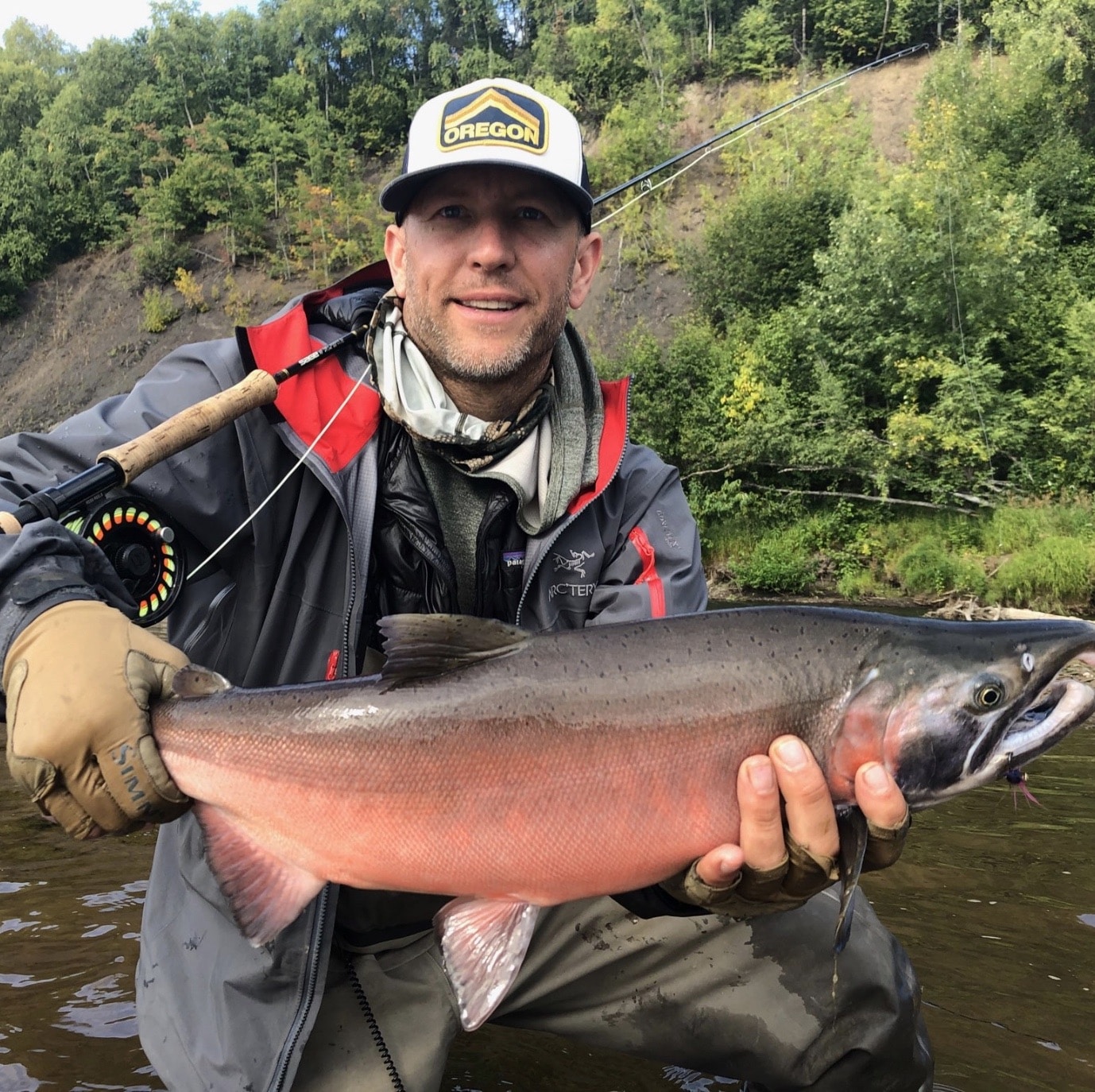As you may have seen from the flurry of Media articles a little earlier this month, Katanga Mining is suspending the export and sale of cobalt at its Kamoto Project in the Democratic Republic of the Congo (DRC). The reason is the discovery of uranium in its cobalt hydroxide in “levels that exceed the acceptable limit allowed for export of the product through main African ports”.
As a general rule of thumb, cobalt tends to be found with other metals. Admittedly, we’re normally talking about more benign metals such as copper and nickel rather than the more difficult-to-manage uranium. What’s unfortunate for Katanga is that so much cobalt was produced before the uranium was discovered. At the time of the announcement, they had nearly 1500 tons of contained cobalt in their product that had been contaminated.
While Katanga has highlighted that the halt is temporary, the company was also forced to admit that the halt is also “until further notice”. So, not a particularly quick fix it seems….
They plan to continue producing cobalt containing product while they pursue the option of constructing a $25 million Ion Exchange system that will remove the be used to further treat the product and reduce the uranium to acceptable levels. Of course, this has to be permitted before construction can begin which means, unsurprisingly, that their best-case scenario is likely to be end of 2019 before any of their cobalt can actually be exported.
The company also has not confirmed that the source of the uranium has been identified introducing the need for additional money and effort to conduct surveys, analysis and other projects to confirm the source. If that source happens to be high-grade, there could be further complications.
Katanga’s uranium problem at the Komoto cobalt project is a reminder of just how fast, even a well-established, producing mine can run into major obstacles because of variations in feed. In this case, it seems that the obstacle will be cleared but it’s going to take significant time and money and it will leave consumers in a race to find replacement cobalt units from other suppliers.
The situation doesn’t (yet) qualify as a black swan event but it shouldn’t be a total surprise that it has occurred in the DRC. It’s the single biggest cobalt-producing region but is also famous (or infamous) as a high-risk jurisdiction for a multitude of reasons. As producers strive to meet continually-increasing demand for cobalt, it’s worth remembering that, while there are a number of untapped deposits across the globe, the supply side is always going to be particularly vulnerable to disruption.















